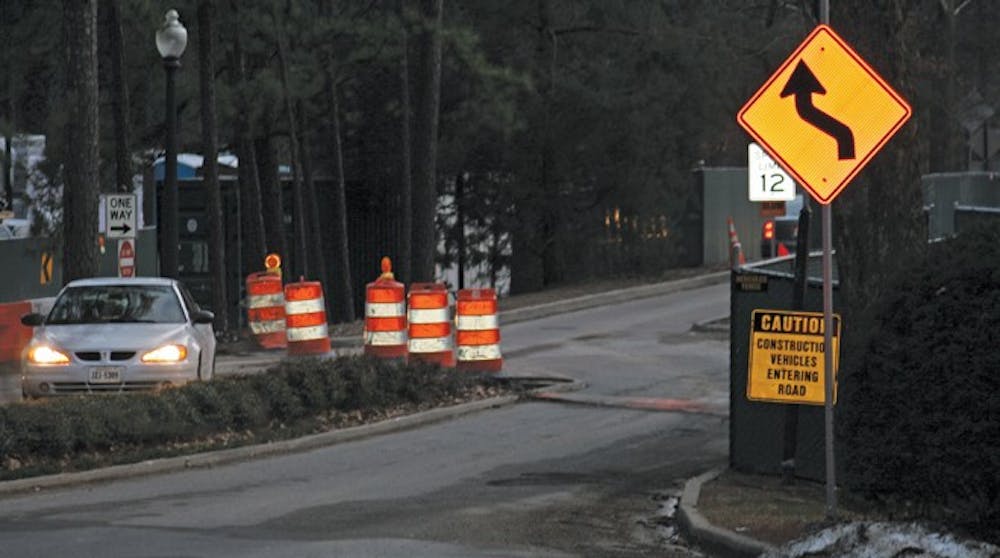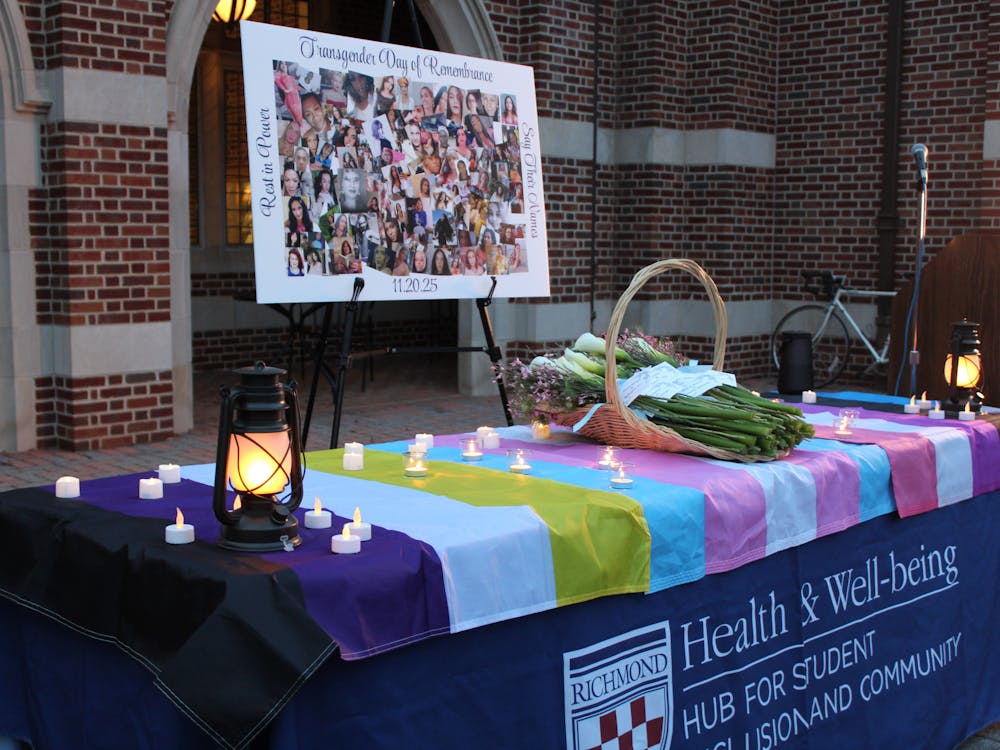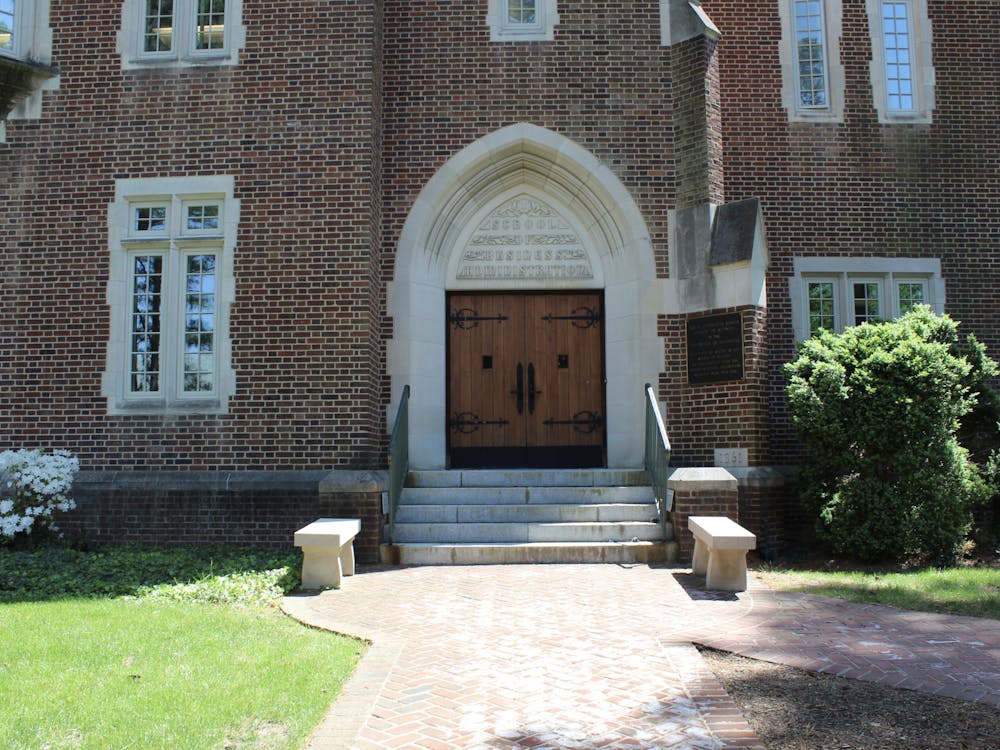The potholes that have been popping up - or rather dipping down - along many campus, city and Henrico County roads are slowly being repaired by university and city employees, with priority given to the most-damaging holes.
This year's winter weather has brought unusually low temperatures and large amounts of snow and moisture, which have contributed to the increased number of potholes.
"When water gets under the pavement and then freezes, it expands and it pops the asphalt up," said Stephen B. Glass, the horticulturist and landscape manager at the University of Richmond. "And salt aggravates that whole process and makes it worse."
Maintenance workers have placed traffic cones on the most damaging potholes as a warning to motorists.
"[The potholes] are big enough to swallow cars," said Nell Massee, the administrative coordinator for the rhetoric and communication studies department. "I went over one I thought was a puddle. So, I appreciate the orange traffic cones because they let you know where the potholes are."
More than 70 potholes have been reported on NBC 12's Web site, including several on River Road by the River Road Shopping Center, UR Drive and Cary Street.
Freshman Lucy Barrett's car had two flat tires resulting from potholes on Cary Street while she drove toward the downtown area for the Richmond Ballet's performance of "Romeo and Juliet."
"I live on campus," Barrett said. "But I share [the car] with my sister who lives off campus and she needs it to get to classes."
The workers from the city of Richmond, as well as campus employees, have been trying to stay on top of the areas that need attention, Glass said.
College Road and River Road are Henrico County property, while Boatwright Drive, Campus Drive and Towana Road are under the city's control. Glass said he had sent a request for the city to repair some particularly damaging holes near the Boatwright entrance and they had been fixed within the week.
"I was very pleased that they came and did some patching," Glass said, mentioning that workers had encountered problems with running out of cold patch.
Glass said members of his team had repaired one road on campus every summer, which had helped prevent potholes from forming.
Enjoy what you're reading?
Signup for our newsletter
"Because we do it every year, we don't have really bad spots," Glass said. "We don't have any place on campus that is similar to Campus Drive."
When a pothole does appear on campus, maintenance will try to fix the problem with a cold patch while it is still small. Cold patches - cold asphalt - do not require large rolling machines or warm weather in order to set, according to ColdAsphalt.com. A cold patch can last years on a road where cars drive only 15 mph to 20 mph on it, Glass said.
"But one fully loaded truck, nine tons per axel, does as much damage to a roadway as 10,000 cars passing over the roadway," he said.
The campus roads appear to be the worst around the construction sites, but Glass said a contractor would patch any holes that could not be filled with a cold patch during spring break.
Contact reporter Kate McDonnell at kate.mcdonnell@richmond.edu.
Support independent student media
You can make a tax-deductible donation by clicking the button below, which takes you to our secure PayPal account. The page is set up to receive contributions in whatever amount you designate. We look forward to using the money we raise to further our mission of providing honest and accurate information to students, faculty, staff, alumni and others in the general public.
Donate Now



